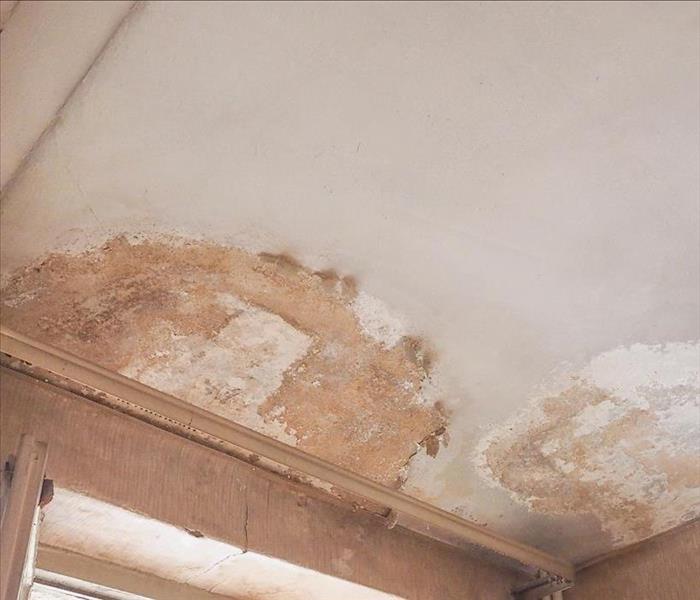Can I Save My Commercial Property After Water Damage?
7/31/2022 (Permalink)
Unfortunately, some type of water damage is always possible at your Saint Paul, MN, commercial building, no matter where it's located. From bad weather to a leaking pipe to a sewer backup, it's helpful to know what to do in a water disaster. Even a little moisture left to linger can become a significant loss. Therefore, it's essential to mitigate the damage as quickly as possible upon discovering the flood.
Water Cleanup and Restoration Tips for Your Commercial Property
1. Protect Yourself
Safety is the first factor to consider when dealing with a flood. It's essential to shut off the electricity before anyone goes into the affected area. If you can't safely navigate to the breaker box, call an electrician or the electric company to shut it off before you make another move because an electrical current could be flowing through the water. Depending on the type of flood you have on your hands, you may need to consider wearing personal protective equipment (e.g., safety glasses, facemask, rubber gloves) to clean.
2. Eliminate the Standing Water
Once the area is safe to enter, the best option, if you have it, is using a wet/dry vacuum. This is typically the safest and most efficient way to extract standing water. If you don't have a wet/dry vac accessible, grab a mop, bucket, and some towels.
3. Clear the Area
Next, it's time to clear out the affected area as much as possible. This will give you more room to clean, find the extent of damage, sort through your contents, and allow for more airflow for drying. If the outdoors is less humid than indoors, you can place the contents outside to begin drying in the fresh air and sun.
4. Inspect for Damage
Hiring water damage restoration professionals to perform a thorough inspection and remediation can be very beneficial. They have the expertise and equipment to ensure the building is returned to its pre-flood condition.
5. Determine What Is Salvageable
Sort through your property to determine what is salvageable and what isn't. Many of the porous materials will probably be ruined. However, professionals can sometimes use special techniques to restore these items, even books and photos.
6. Dispose of the Unsalvageable
If you've had standing water on hardwood, laminate or carpeted flooring, it probably won't be salvageable as it won't be possible to dry them quick enough to prevent significant damage, such as warping, buckling and mold growth. Some parts of your drywall will likely have to be cut out and replaced because drywall is porous and can soak water up like a sponge.
7. Clean and Sanitize Everything Thoroughly
Everything must be cleaned and sanitized thoroughly, especially if the flood results from broken pipes like sewer lines and contains harmful bacteria or other toxic substances. You will need to clean every surface that the water has touched.
8. Dry Everything Thoroughly
Finally, everything must be dried completely within 24 hours of its exposure to water. You can use fresh air, dehumidifiers, fans and heaters to help the process.
Water damage can take over immediately and do increasingly more damage every minute that passes. Fortunately, there are ways to prepare so you can start water cleanup immediately should the worst occur.

 24/7 Emergency Service
24/7 Emergency Service
